Central Texas offers a unique gardening environment with warm soil temperatures and a mild climate. Use a thermometer to check soil warmth for optimal planting times.
Plant onions 4-6 weeks before the last frost, typically mid-January. This region’s conditions support a variety of crops and flowers, promoting sustainable growth practices.
Central Texas offers a unique and rewarding gardening experience due to its mild climate and warm soil temperatures. The region’s weather patterns, with warm winters and hot summers, allow gardeners to grow a wide variety of plants year-round.
Understanding soil temperature is key, as it determines the optimal time for planting. Gardeners in Central Texas can start planting earlier than in many other regions, as the soil warms up quickly.
With proper planning and knowledge of local conditions, gardeners can enjoy a bountiful harvest of vegetables, flowers, and native plants. This guide provides essential tips and insights for thriving in Central Texas gardens.

Understanding the Central Texas Climate and Soil
Central Texas has a mild climate with warm winters and hot summers, ideal for year-round gardening. The soil varies, with sandy soils warming faster than clay, affecting plant growth and water retention.
Soil Temperature and Its Importance in Planting
Soil temperature plays a critical role in successful gardening in Central Texas. Warmer soil promotes seed germination and root growth, while cooler soils can delay or inhibit plant development.
Using a compost or soil thermometer helps determine optimal planting times. Sandy soils warm faster than clay soils, which retain moisture longer.
For example, onions should be planted 4-6 weeks before the last frost, typically in mid-January. Monitoring soil temperature ensures plants are placed at the right time for maximum growth and productivity.
Native Americans historically used a simple method—sitting on the soil—to gauge its warmth before planting.
Types of Soil in Central Texas and Their Impact on Plant Growth
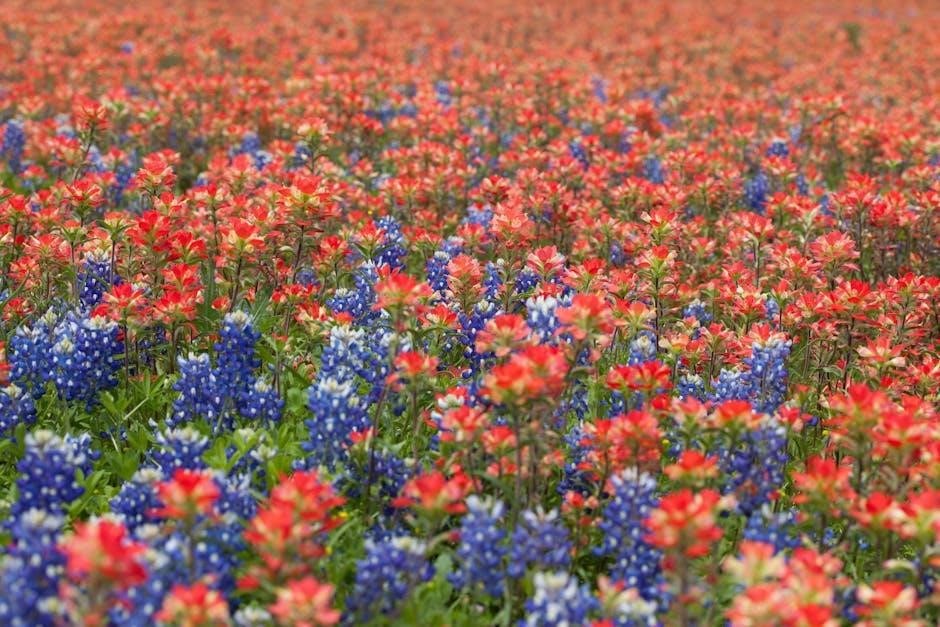
Central Texas soils vary, with clay, sandy, and loam soils being common. Clay soils retain moisture but can be dense, slowing root growth. Sandy soils drain quickly, warming faster but requiring more frequent watering.
Loam, a balanced mix of clay, silt, and sand, supports robust plant growth due to its excellent water retention and nutrient availability.
Gardeners in Central Texas often amend clay soils with compost to improve drainage and sandy soils with mulch to retain moisture. Understanding your soil type is key to selecting plants adapted to its characteristics, ensuring healthy root development and overall plant success.
Best Plants for Central Texas
Central Texas supports a variety of thriving plants, including drought-tolerant natives and vegetables like tomatoes and peppers. Onions planted in January excel in the region’s climate,
while native plants attract pollinators and require less water. Choose plants suited to your soil type for optimal growth and resilience in the local conditions.
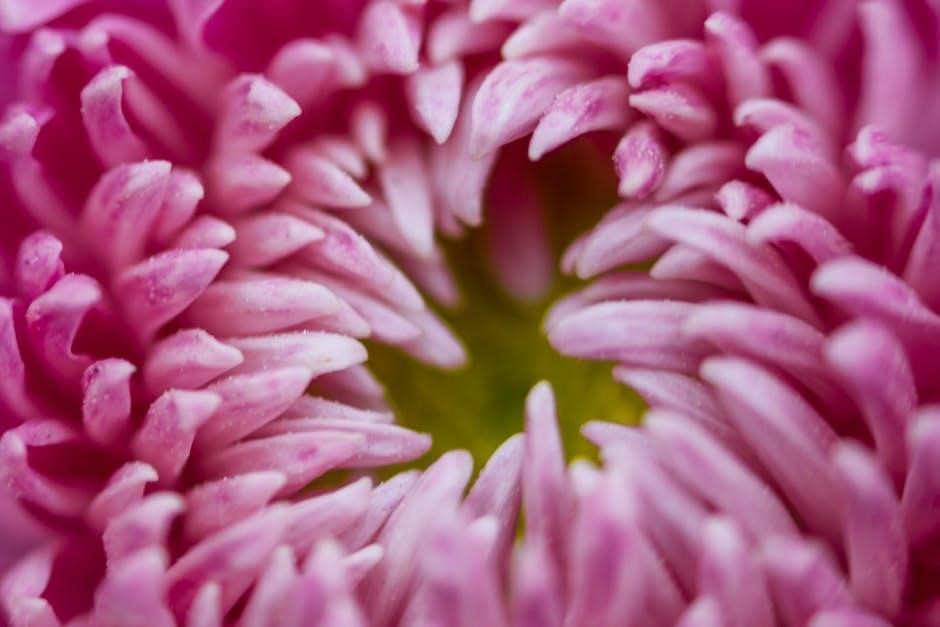
Vegetables Suitable for Central Texas Climate
Central Texas’s mild winters and warm summers make it ideal for growing a variety of vegetables. Onions, tomatoes, and peppers thrive when planted at the right soil temperature, typically in early spring or late summer. Leafy greens like spinach and kale grow well in cooler seasons, while squash and okra excel in the heat. Planting onions 4-6 weeks before the last frost, around mid-January, ensures a successful harvest. Use a soil thermometer to monitor warmth, as sandy soils heat faster than clay. Transplant vegetables like tomatoes with a starter solution for healthy root development. Proper spacing and soil depth are crucial to avoid root issues. Plan your garden around frost dates and conserve water to support growth.
Flowers and Ornamental Plants for Year-Round Beauty
Central Texas gardens can enjoy vibrant color year-round with the right flower choices. Native plants like milkweed and coneflowers attract pollinators and thrive in the region’s climate. Zinnias, lantanas, and marigolds are excellent for summer blooms, while pansies and violas add color in cooler months. Plant perennials like salvias and black-eyed susans in spring for consistent beauty. Incorporate drought-tolerant options like yarrow and sedum for low-maintenance landscapes. Use native grasses and wildflowers to create natural, resilient designs. Rotate seasonal plants to ensure constant beauty and support local wildlife. Proper soil preparation and full sun exposure are key for healthy blooms.
Native Plants That Thrive in Central Texas
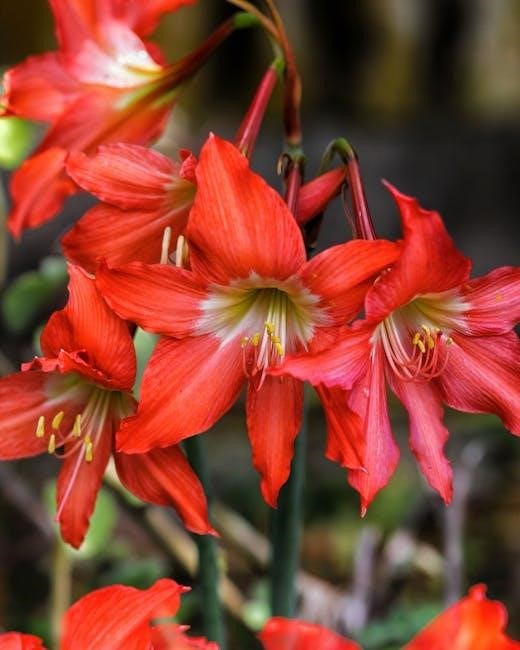
Native plants are ideal for Central Texas gardens due to their adaptability to the region’s climate and soil. Texas sage, hill country penstemon, and black-eyed susan are popular choices for their vibrant blooms and drought tolerance. Milkweed and coneflower attract pollinators like butterflies and bees, supporting local biodiversity. Native grasses such as little bluestem and big muhly add texture and movement to landscapes. These plants require less water and maintenance, making them perfect for eco-friendly gardening. Choose native varieties to create a resilient, beautiful garden that aligns with the natural environment and supports wildlife year-round.
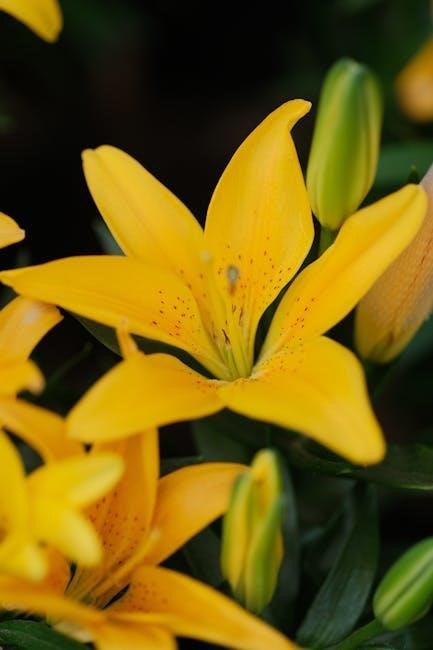
Planting Calendar for Central Texas
Central Texas gardeners benefit from early soil warming. Use a soil thermometer to determine optimal planting times, giving you a head start on the growing season.
Spring Planting: What to Grow and When
Central Texas’s mild winters and warm springs make it ideal for early planting. Onions should be planted 4-6 weeks before the last frost, typically in mid-January. Use a soil thermometer to ensure optimal soil warmth, as sandy soils warm faster than clay. Spring is perfect for planting vegetables like tomatoes, peppers, and cucumbers, as well as flowers such as zinnias and marigolds. Start seedlings indoors 4-6 weeks before the last frost date and transplant them outside when the soil is ready. Successive planting every few weeks ensures a continuous harvest and manageable workload. Proper spacing and soil preparation are key for healthy growth.
Fall and Winter Planting Options
Central Texas’s mild climate allows for year-round gardening, with fall and winter offering unique planting opportunities. Cool-season crops like spinach, kale, and broccoli thrive in the cooler temperatures. Plant these 8 weeks before the first frost to ensure a robust harvest. Flowers such as pansies and violas can also be planted in fall for winter color. Use a soil thermometer to check soil warmth, as some plants prefer cooler soil. Late summer or early fall is ideal for planting winter crops, giving them time to establish before frost. Proper soil preparation and spacing are key for healthy growth during these seasons.
Tips for Successful Gardening in Central Texas
Adapt to the region’s climate by using compost thermometers to monitor soil warmth and plant at optimal times. Efficient watering and companion planting boost growth and deter pests.
Water Conservation Techniques for Gardeners
Central Texas gardeners can implement effective water-saving strategies to maintain thriving plants. Use drip irrigation or soaker hoses to deliver water directly to roots, minimizing evaporation. Mulching around plants retains soil moisture, suppresses weeds, and regulates soil temperature. Harvesting rainwater in barrels provides a natural, free water source for gardens. Choose drought-tolerant plants native to the region, as they require less watering. Avoid overhead watering, which leads to runoff and evaporation. Instead, water deeply but infrequently to encourage deep root growth. Monitor soil moisture by inserting a finger or using a compost thermometer. These practices ensure efficient water use and healthy plant growth in Central Texas’s climate.
Managing Pests and Diseases in Central Texas Gardens
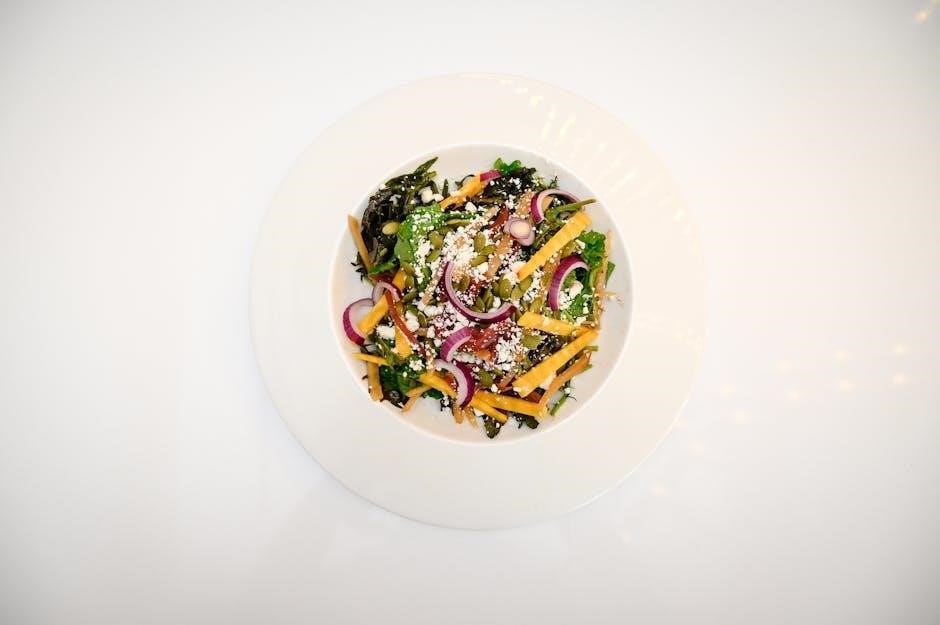
Monitoring your Central Texas garden regularly is key to managing pests and diseases. Use organic methods like crop rotation and introducing beneficial insects to maintain balance. Apply neem oil or diatomaceous earth to control common pests such as aphids and caterpillars. Inspect plants daily, especially during humid weather, when fungal diseases thrive. Remove infected areas promptly to prevent spread. Water plants at the base to avoid moisture on leaves, reducing fungal growth. Encourage good air circulation by spacing plants appropriately. Test soil for nematodes and other pathogens through the Texas A&M AgriLife Extension. Maintaining healthy soil and plants is the first line of defense against pests and diseases in Central Texas gardens.
Gardening in Central Texas is rewarding due to its mild climate and fertile soils. With proper planning and care, gardeners can enjoy vibrant blooms and bountiful harvests year-round.
Final Thoughts on Gardening in Central Texas
Gardening in Central Texas is a rewarding endeavor, with its mild climate and rich soil offering ideal conditions for a wide variety of plants. By understanding soil temperatures and selecting the right crops, gardeners can maximize their yields and enjoy year-round beauty. Whether growing vegetables, flowers, or native plants, the region’s unique environment provides ample opportunities for success. Proper water conservation and pest management are key to thriving gardens. With a little planning and care, Central Texas gardeners can cultivate vibrant, sustainable landscapes that bring joy and bounty to their homes.
Comments